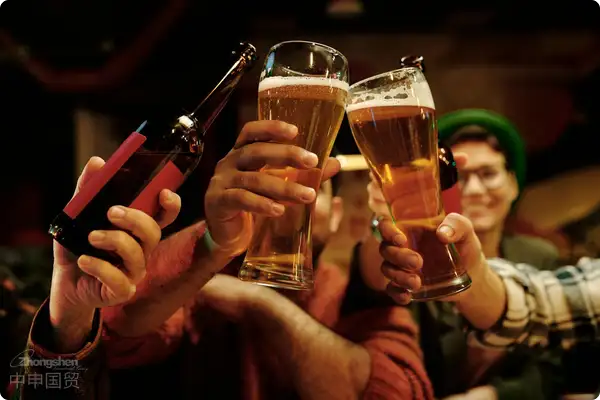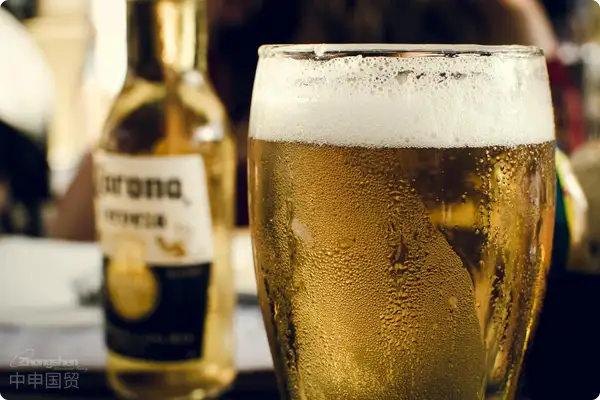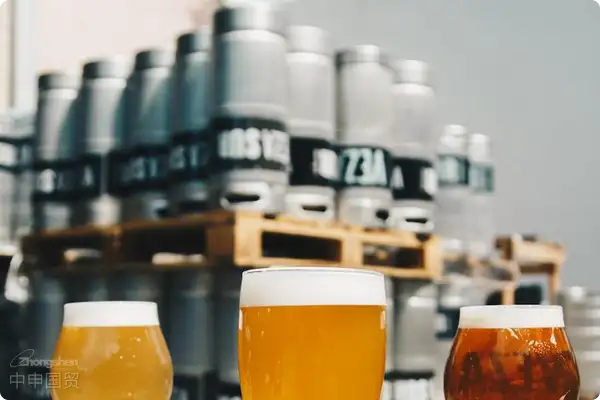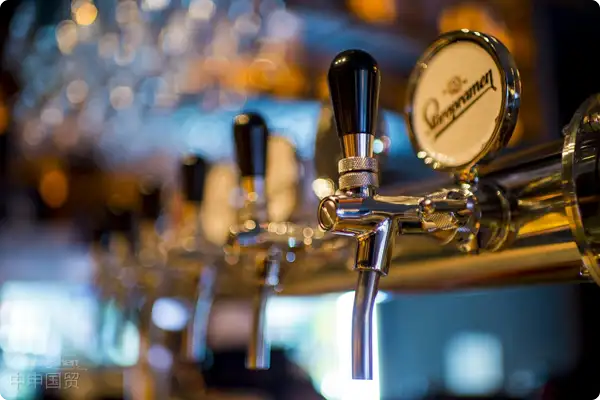- Shanghai Zhongshen International Trade Co., Ltd. - Two decades of trade agency expertise.
- Service Hotline: 139 1787 2118
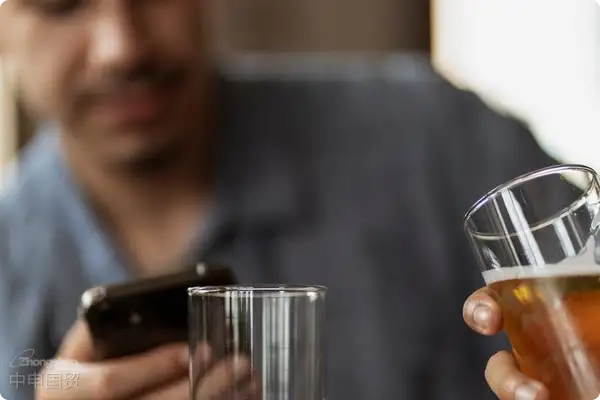
When beer meets Chinese taste buds:Import Representationthe correct approach
Today at Qingdao International Beer Festival where 500 tons of imported craft beer are consumed daily, importing beer is no longer just a trade activity, but a precise experiment in cultural adaptation. As an industry veteran who has witnessed hundreds of beer brands entering China, I want to use straightforward industry language to break down the key aspects.
Qualification preparation: Dont let licenses become your foam
Last year, a Belgian client came knocking with 300 containers of craft beer but got stuck atAutomatic Import LicenseThis incident reminds us:
- Food business license ≠ Alcohol business license (requires separate application)
- Chinese back labels must include:
- Original wort concentration ≥10°P must be labeled high-concentration beer
- Alcohol content ≥5% vol must be prominently labeled
- New declaration requirements for grain types of origin to be added starting 2025
Product selection strategy: From German dark beer to fruit cider
According to the recently completed channel research in North China, the current market shows three distinct layers:
| Price range | Capacity proportion | Typical categories |
|---|---|---|
| 10-15 yuan/500ml | 42% | German wheat beer, American IPA |
| 18-25 yuan/330ml | 35% | Fruit cider, sour beer |
| 30 yuan+ limited editions | 23% | Barrel-aged beer, barrel-aged sour beer |
Customs clearance practice: Lessons weve learned the hard way
A shipment we handled for a Spanish client last year best illustrates the point:
- Incorrect declaration: Labeled pure malt beer instead of mixed malt beer
- Consequence: Paid 17% tariff difference + late fees
- Correct operation: Subdivide according to HS code 22030000:
- Malt concentration <10.5°P: 14% tariff + 13% VAT
- Malt concentration ≥10.5°P: 20% tariff + 13% VAT
Channel strategy: Craft beer doesnt need a universal favorite
The recent successful case of Czech Pilsner shows:
- Convenience store channels recommend using 330ml short cans
- Food service channels mainly promote 5L kegs + dedicated glassware sets
- E-commerce channels must include bottle openers + flavor description cards
Before concluding, heres a little-known fact: Most people dont know that beer imports can apply forTemporary import guarantee, which can save brands participating in short-term exhibitions like the Sugar & Wine Fair about 30% of capital occupation. The tricks of this trade, like bubbles in beer, appear simple but contain great knowledge.
Related Recommendations
Category case
Contact Us
Email: service@sh-zhongshen.com
Related Recommendations
Contact via WeChat

? 2025. All Rights Reserved. Shanghai ICP No. 2023007705-2  PSB Record: Shanghai No.31011502009912
PSB Record: Shanghai No.31011502009912
